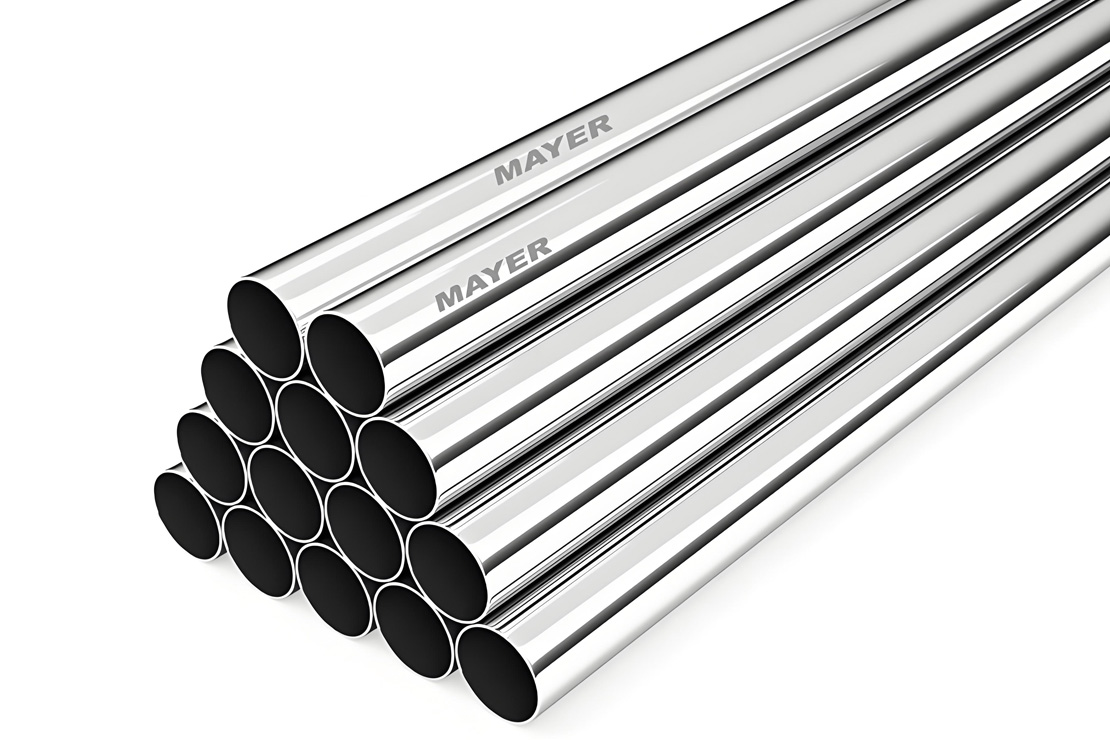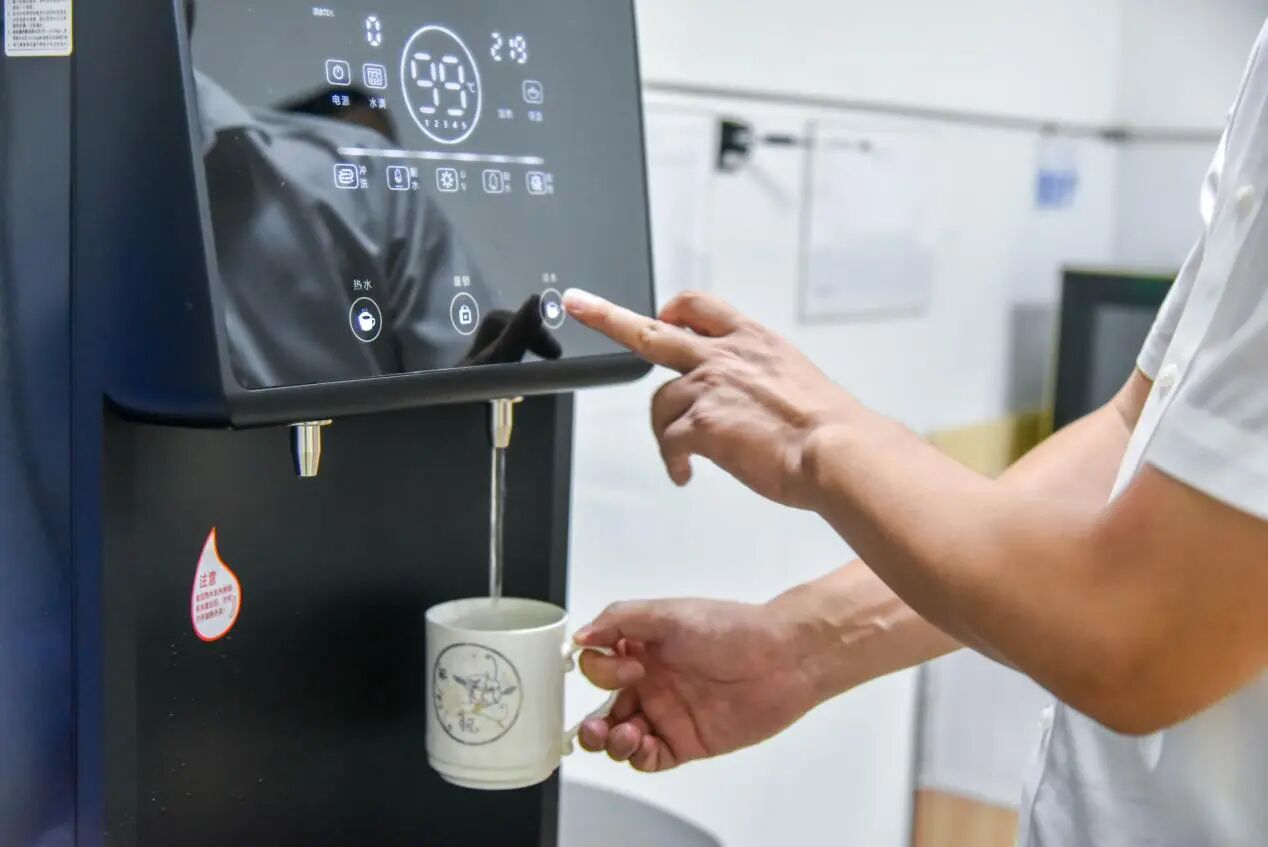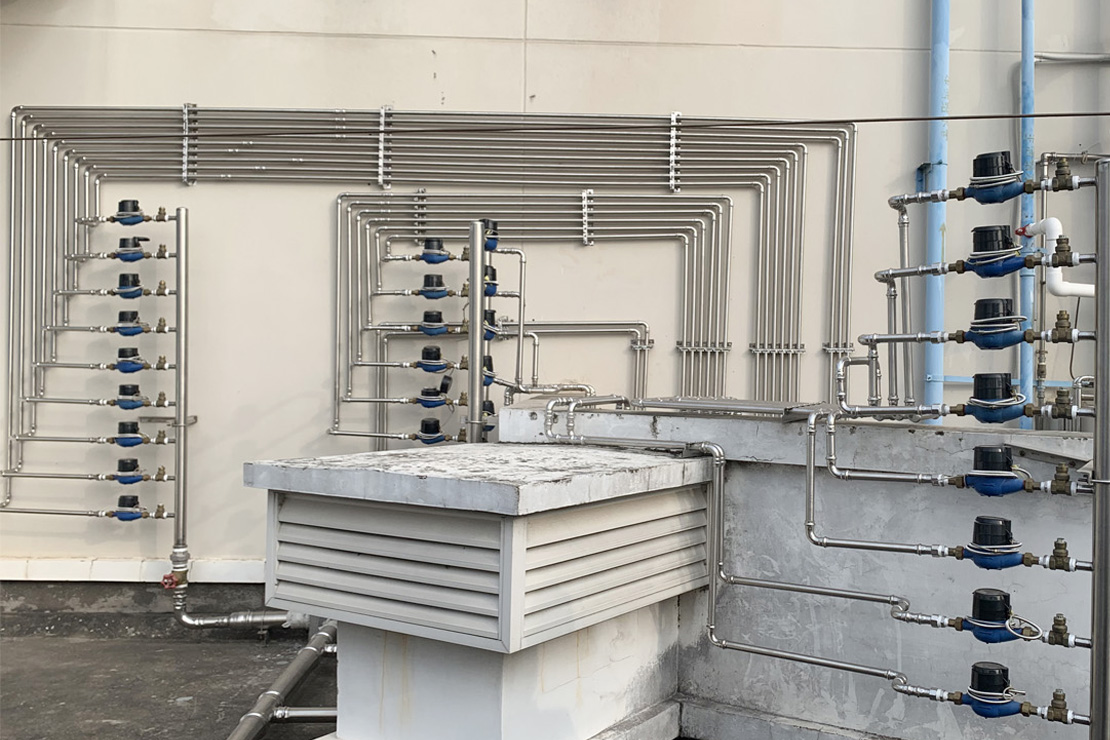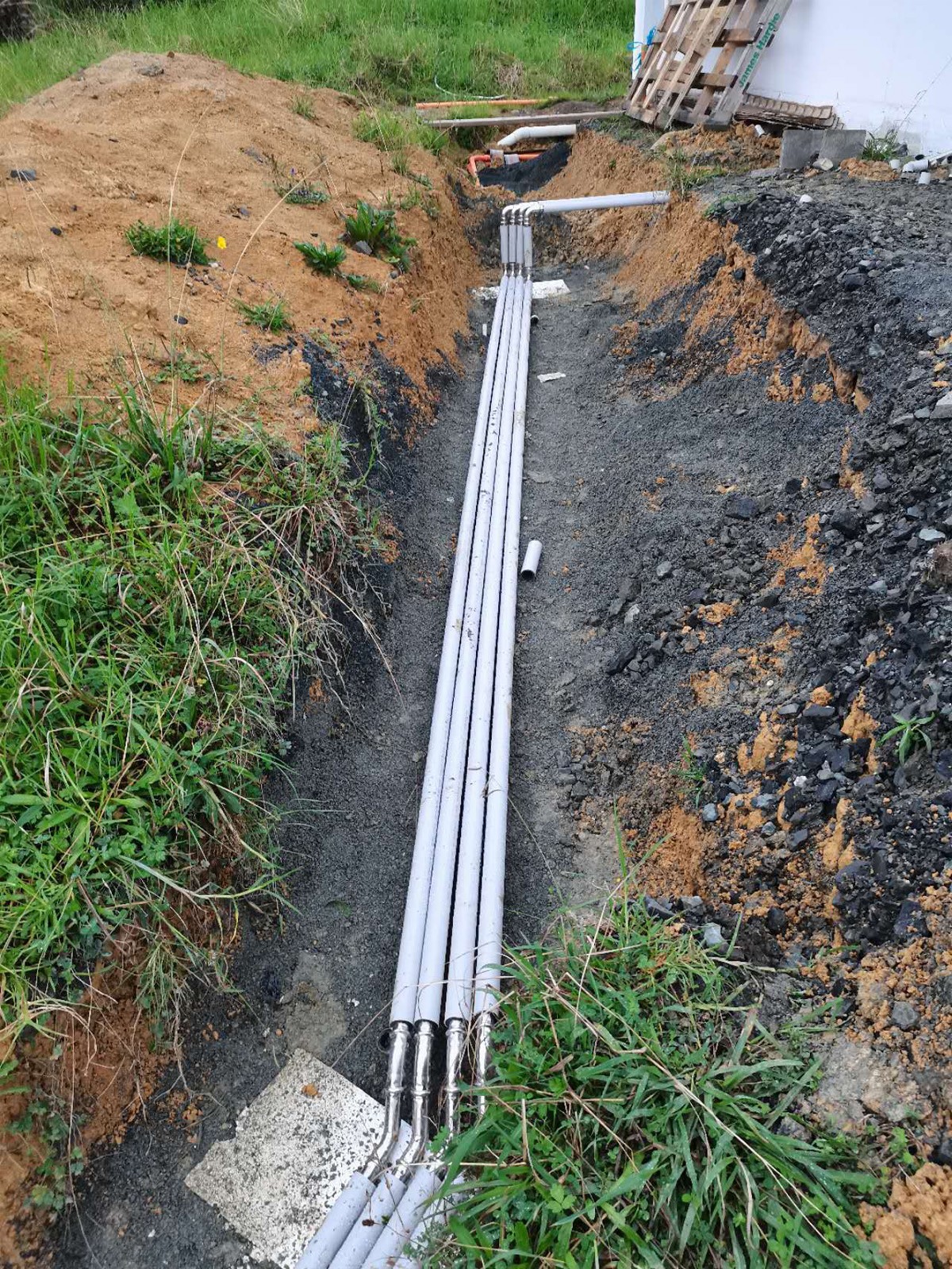
E-mail : info@mayer.cn
E-mail : info@mayer.cn
2025-09-22
Water pipes come in a wide variety of materials, each with its own advantages, disadvantages, and ideal applications. Below, I’ve organized common water pipe materials into two main categories: water supply pipes and drainage pipes.
一. Water Supply Pipes (for potable water & hot water)
These pipes require high standards of hygiene, pressure resistance, and corrosion resistance.
· Copper Pipe
* Advantages: Long history of use, stable performance. Antibacterial and hygienic. Resistant to heat, pressure, and corrosion with a long service life.
* Disadvantages: Very expensive. Requires skilled welding for installation. Prone to patina formation and potential heavy metal leaching.、
* Applications: High-end homes, hotels, hospitals, and other places with strict water quality requirements.
* dvantages: Made from food-grade 304/316L stainless steel. Highly corrosion-resistant, strong, and hygienic. Smooth interior resists scaling. Long lifespan (over 70 years). Easy installation with press-fit systems.
* Disadvantages: Relatively high cost.
* Applications: Increasingly used in high-end homes, hotels, hospitals, schools, direct drinking water systems, pharmaceuticals, and municipal water mains.

· Galvanized Steel Pipe
* Advantages: High strength and pressure resistance.
* Disadvantages: Prone to rust, which can contaminate water with heavy metals. Interior scaling reduces water flow over time. Banned for potable water use in many countries.
* Applications: Mostly obsolete, still found in older buildings or as fire sprinkler pipes (where water quality is not a concern).
· PP-R Pipe (Random Copolymer Polypropylene)
* Advantages: Non-toxic, corrosion-resistant, and scale-resistant. Heat-fused joints create leak-free connections. Good insulation, moderately priced.
* Disadvantages: Poor low-temperature resistance. Prolonged UV exposure causes aging. Expands under hot water.
* Applications: Standard choice for residential plumbing.
· PE-RT Pipe (Heat-Resistant Polyethylene)
* Advantages: Flexible, excellent low-temperature impact resistance. Can be heat-fused.
* Disadvantages: Slightly lower heat resistance compared to PP-R.
* Applications: Primarily used for underfloor heating systems.
· PVC-U Pipe (Unplasticized Polyvinyl Chloride)
* Advantages: Low cost, easy installation.
* Disadvantages: Unsuitable for hot water (softens and deforms). Moderate freeze and pressure resistance. Additives may affect water quality.
* Applications: Mainly used for drainage. Occasionally for non-potable water systems like irrigation or municipal supply.
· CPVC Pipe (Chlorinated Polyvinyl Chloride)
* Advantages: Upgraded version of PVC-U with improved heat resistance.
* Disadvantages: More expensive than PP-R. Less common in residential applications.
* Applications: Commercial or industrial projects.
· PEX Pipe (Cross-Linked Polyethylene)
* Advantages: Highly flexible, excellent resistance to high and low temperatures. Known as the "soft gold" of pipes.
* Disadvantages: Cannot be heat-fused; uses mechanical press-fit connections, which may leak over time. Higher cost.
* Applications: Popular in North America for underfloor heating and cold water systems.
· PB Pipe (Polybutylene)
* Advantages: One of the best plastic pipes—flexible, heat-resistant, and creep-resistant.
* Disadvantages: Very expensive. Requires an oxygen barrier layer.
* Applications: High-end residential projects, more common in Europe.

Application of stainless steel pipes in direct drinking water

Stainless steel water supply pipe
Aluminum-Plastic Composite Pipe
* Structure: Inner and outer layers of PE plastic with an aluminum core bonded by adhesive.
* Advantages: Combines metal’s pressure resistance with plastic’s corrosion resistance. Easy to bend and install.
* Disadvantages: Mechanical connections may leak due to thermal expansion. Not suitable for concealed installation.
* Applications: Once popular before PP-R, now used for exposed pipes or gas connections.
二. Drainage Pipes (for sewage & wastewater)
These pipes require less pressure resistance but good corrosion resistance and smooth flow.
· PVC-U Pipe
* The most common choice. Low cost, corrosion-resistant, smooth interior. Standard for building drainage and sewage systems.
· Cast Iron Pipe
* Advantages: Excellent noise reduction, corrosion-resistant, fire-resistant, long lifespan.
* Disadvantages: Heavy, difficult to install, expensive, rough interior prone to clogging.
* Applications: High-end hotels, apartments with strict noise requirements, and municipal drainage systems.
· HDPE Pipe (High-Density Polyethylene, aka Double-Wall Corrugated Pipe)
* Advantages: Lightweight, flexible, corrosion-resistant, and impact-resistant.
* Applications: Mainly used for underground outdoor drainage and sewage systems.

Stainless steel pipe insulation pipe
Water Supply Pipes: PP-R is the most balanced and popular choice for most households. For higher budgets and superior performance, consider stainless steel pipes.
Drainage Pipes: PVC-U is the first choice. For noise-sensitive areas, consider silent PVC or cast iron pipes.
Underfloor Heating Pipes: PEX or PE-RT pipes are standard.
I hope this detailed overview helps you understand water pipe materials better!